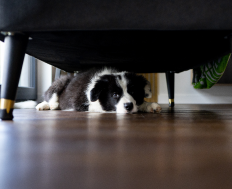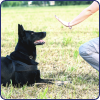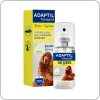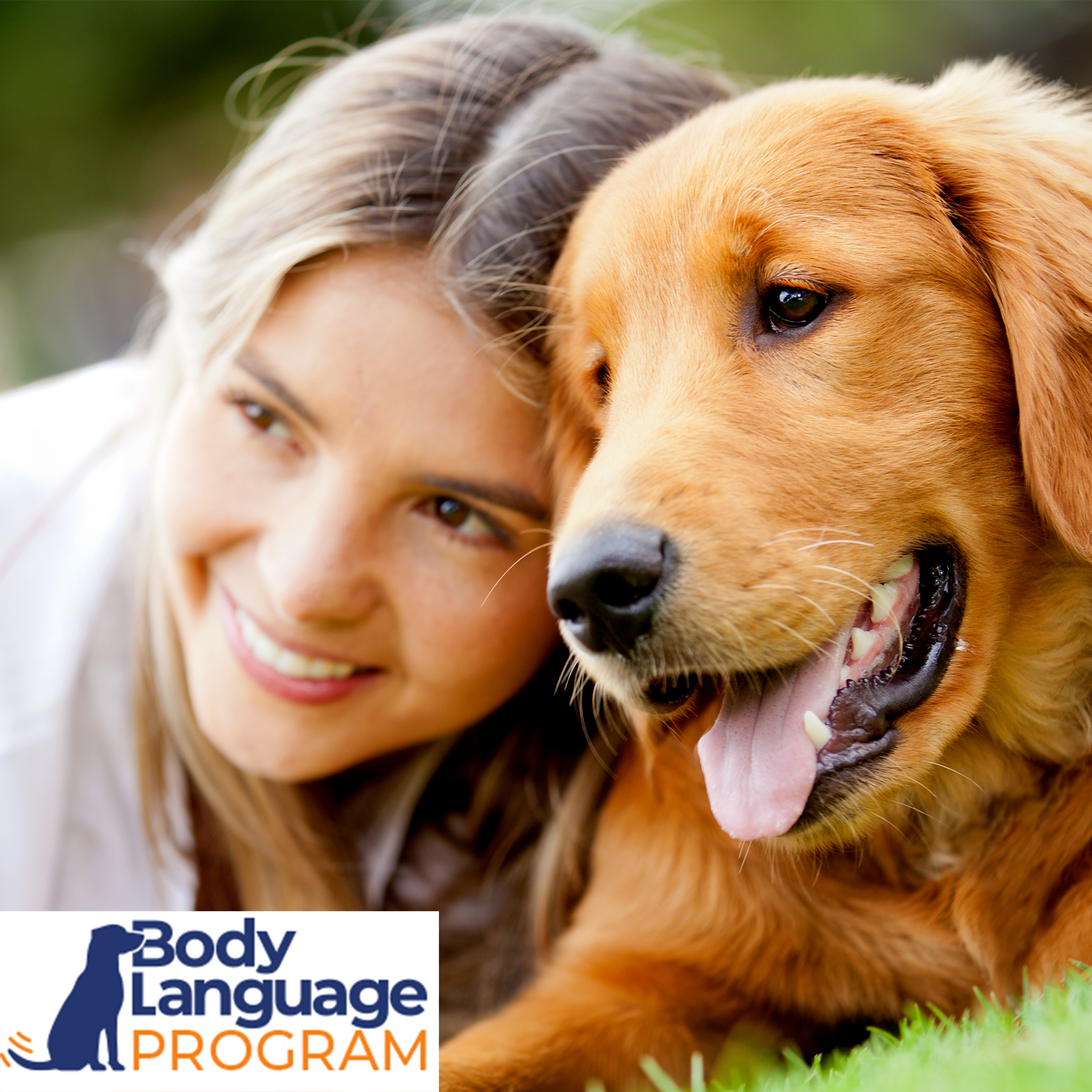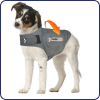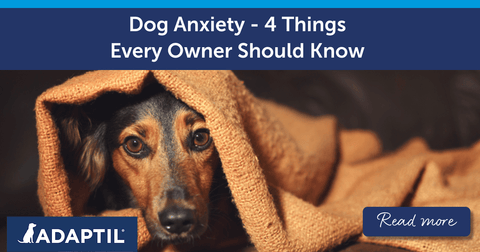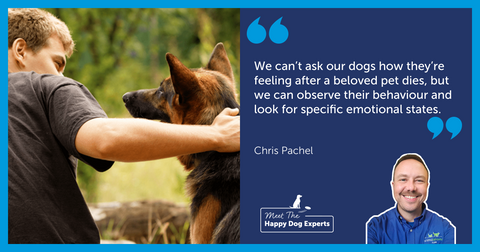
Helping Dogs and Children to Live Together: A Happy Dog Expert Explains!
For many years, it has been recognised that children benefit in numerous ways from living with dogs. For example, studies have shown a lower likelihood of allergies and that children become more responsible and empathetic if they’re around dogs at home. However, to maximise these benefits and ensure the dog's well-being—as well as to help build the bond between dogs and children—it is essential to understand certain concepts that are not commonly known.
First, we are going to explore a series of myths around dogs and children living together, and the truth behind them.
First myth: Living with a dog always has benefits
In general, studies show that most children who live with a dog are more responsible and empathetic, meaning they have a greater capacity to understand the emotions of others. However, it is crucial that parents set a good example in how they care for and treat their pets. Simply living with a dog might not be enough if the parents do not support their children in caring for the dog too.
Second myth: Children must be committed to caring for the dog
It is important to distinguish between the emotional bond between a child and a dog, and the responsibility of their care. A child can have a very strong bond with a dog but not take care of them at all, and vice versa. In the same way, a child may fulfil their assigned tasks rigorously but not emotionally benefit. The type of relationship and care will depend on both the child's and dog’s personalities, the family dynamics, and most importantly, the example set by the family.

Third myth: Assigning dog care tasks will make a child more responsible
Assigning care tasks can help a child feel they are valuable and purposeful, which is beneficial for their self-esteem. However, if the required effort is too great, it can diminish the bond and motivation to care for the dog. Therefore, it is important that tasks are shared and adjusted to the child's age and personality.
Fourth myth: If children don’t play with a dog, it means they don’t care
It has been observed that children tend to seek out their dog, especially during times of stress or emotional tension. Dogs can be a source of social and emotional support without the need to share games or other activities.

The Emotional Bond Between Children & Dogs
If we focus on the emotional and bonding aspect, we know that dogs are good as social support for children for several reasons:
-
Constant availability: Dogs are almost always available, making them a constant and comforting presence to children.
-
Proactivity: Dogs can be proactive, seeking interactions themselves, which can be very beneficial for a child who needs company or distraction.
-
Variety of activities: Their presence encourages a variety of shared activities, from playing, walking, and petting to moments of relaxation.
-
Opportunity to care: Dogs offer the opportunity to care, which can help children feel valuable and purposeful, reinforcing their self-esteem and sense of responsibility.
-
Ideal confidants: Dogs are excellent confidants because they do not judge. Although it may seem counterintuitive, confiding in or venting to someone who does not understand you has a very positive result. A child can explain how they feel with complete peace of mind, knowing they will not be thought less of, and their secrets will not be revealed.
When we delve deeper into this last point, we find another important factor. When we confide in a person, we are aware that this person will worry about us. And more, if they are in our close circle, they are likely to be under the same stressful situation, such as financial problems or the loss of a family member. This can lead us to refrain from expressing our distress to avoid causing more suffering to that person. However, with a dog, children can express themselves freely without this concern.

Exploring The Role Of Care And Responsibility
If we approach the component of care and responsibility between dogs and children, we must keep in mind that:
-
The responsibility to ensure proper care always lies with the adult.
-
Fostering communication and education is important. Explaining the dog's emotions and needs to children in a reasoned manner is particularly crucial, rather than just imposing tasks.
-
Limits and rules must be very clear. A dog's basic needs must always be met, and they must not be harmed physically or emotionally.
-
We must promote effort rather than success. For example, if a child is young and is putting water in a dog's bowl, it is likely that some of the water will end up on the floor. The message should focus on the effort made to ensure everything goes well, and not so much on whether they actually succeeded!
-
When a child does not complete their tasks correctly, we must be close and teach the right way to do things, understanding that mistakes are part of learning.
-
We should not censor thoughts or emotions related to the dog, even if they are negative. Later, we can reflect with our children on the origin of that discomfort, but it is important that they can express it if it exists. For example, this could be because the dog hurt them while playing, or the child does not feel like playing but the dog insists.
Age-Based Table: Helping Children & Dogs to Bond
-
From 3 to 7 years: Children can accompany and observe adults in the care of a dog, helping with simple tasks such as brushing the dog or putting out food and water.
-
From 8 to 14 years: Children can take on more responsibility, such as walking a dog under supervision and handling brushing and feeding under adult guidance.
-
From 14 to 18 years: Although they can have more autonomy in caring for a dog, children at this age should still be supervised by an adult to ensure the dog’s well-being.
Adopting a dog can bring immense benefits to children, as long as the dog is considered a family member who needs care and love. We invite all families to adopt responsibly, remembering that a dog’s well-being and the strengthening of the bond with the children depend on the commitment and education of all household members.
Would you like to learn more about the fascinating bonds between dogs and their humans? We have a huge range of articles to explore online, plus you can sign up to our newsletter to stay in the loop with all the latest tips, guides, and info!


